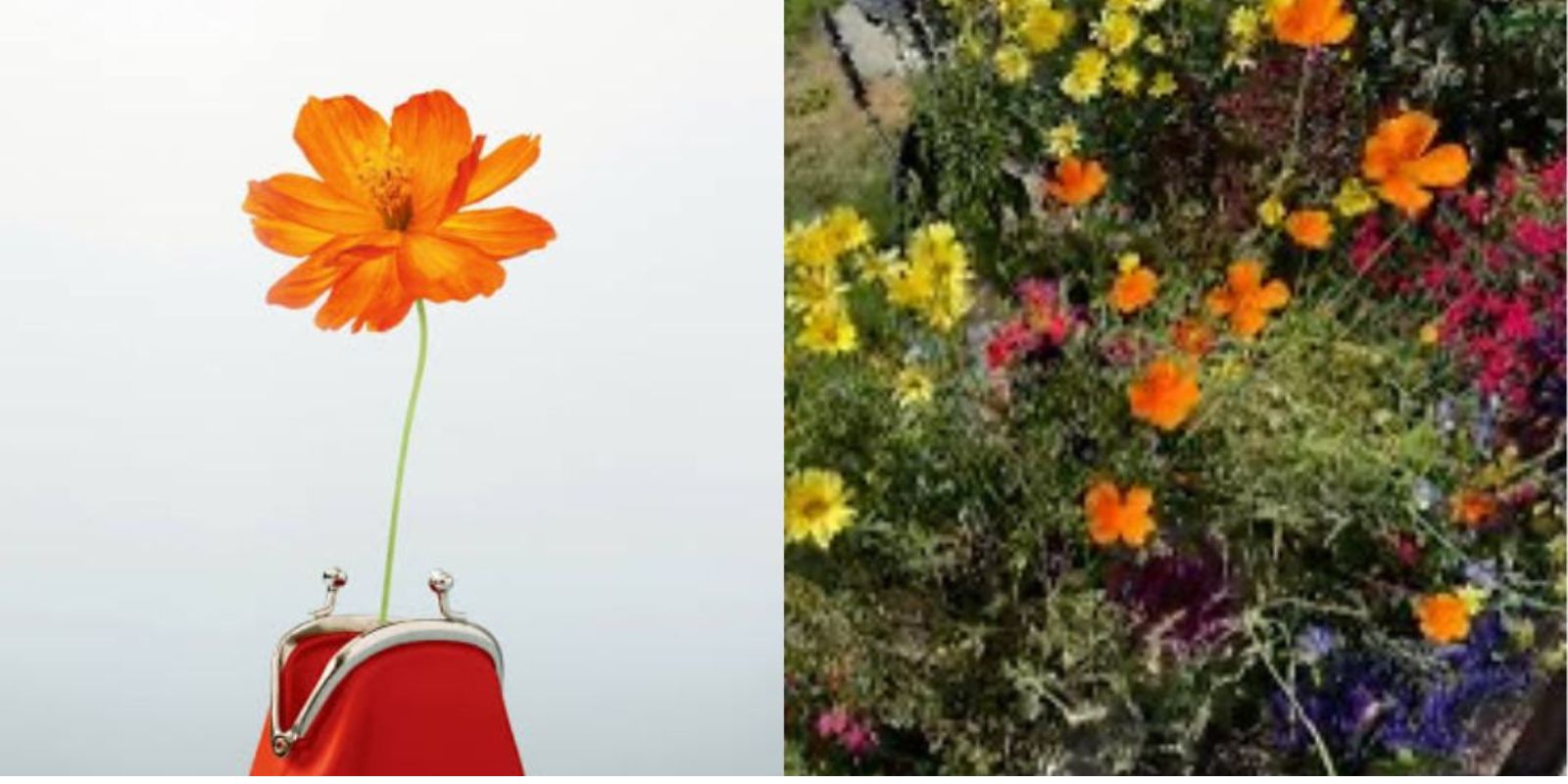In our backyards, sidewalks, or even untended fields, many of us unknowingly pass by plants that hold incredible value. These “weeds” or overlooked greens are far more than just wild growth—they are packed with health benefits, culinary possibilities, and even uses for natural remedies. If you’ve ever spotted a plant and thought nothing of it, this article will show you how you might be sitting on a treasure trove of possibilities.
Let’s dive into how you can identify, harvest, and utilize some of these hidden plant gems for their full potential.
Why These Plants Are Worth Your Attention
Nature is full of surprises, and some of the most undervalued plants are, in fact, nutritional and medicinal powerhouses. Many of these plants, dismissed as invasive weeds, have been used for centuries in traditional medicine and cuisine. Beyond their health benefits, they are also incredibly sustainable, requiring no cultivation, fertilizers, or extensive care.
By learning to identify and use these plants, you’re not only reaping their benefits but also contributing to reducing waste and promoting sustainable living.
Top Hidden Plant Gems and Their Benefits
1. Purslane (Portulaca oleracea)
- Identification: A low-growing succulent with small, smooth, green leaves and reddish stems.
- Benefits: Rich in Omega-3 fatty acids, vitamins A, C, and E, and minerals like magnesium and potassium. Purslane is a fantastic addition to salads, soups, and stir-fries.
- How to Use:
- Add fresh leaves to your salad for a crunchy texture.
- Stir-fry with garlic and soy sauce for a quick side dish.
2. Dandelion (Taraxacum officinale)
- Identification: Bright yellow flowers, toothed green leaves, and fluffy seed heads that blow away in the wind.
- Benefits: Known for supporting liver health, digestion, and detoxification. The roots, leaves, and flowers are all edible and medicinal.
- How to Use:
- Brew the roots into a detoxifying herbal tea.
- Use fresh leaves in salads or as a garnish.
- Make dandelion flower syrup or wine.
3. Nettle (Urtica dioica)
- Identification: A tall, leafy plant with jagged leaves and tiny stinging hairs that can cause skin irritation when touched.
- Benefits: A great source of iron, calcium, and protein, nettles are a superfood in disguise. They also support kidney health and reduce inflammation.
- How to Use:
- Blanch the leaves to remove the sting and use them in soups or stews.
- Brew into a tea to enjoy its detoxifying benefits.
- Dry and powder for use in smoothies or baked goods.
4. Chickweed (Stellaria media)
- Identification: A sprawling plant with tiny white flowers and small, oval leaves.
- Benefits: Packed with vitamins and minerals, chickweed is great for soothing inflammation and supporting digestion.
- How to Use:
- Add to smoothies or juices for a nutritional boost.
- Use as a garnish on soups or main dishes.
5. Plantain (Plantago major)
- Identification: Broad leaves with parallel veins, growing close to the ground.
- Benefits: Excellent for soothing skin irritations and promoting wound healing. The leaves are also edible and have medicinal properties.
- How to Use:
- Crush fresh leaves into a poultice for insect bites or minor cuts.
- Cook the young leaves as a spinach substitute.
Harvesting Tips for Maximum Benefits
When foraging for these hidden gems, it’s crucial to follow a few basic guidelines:
- Avoid Contaminated Areas
Harvest from areas free from pesticides, herbicides, or heavy pollution (e.g., roadsides). - Identify with Care
Use a trusted field guide or app to ensure you’re picking the right plant. Misidentification can lead to consuming harmful or toxic species. - Harvest Sustainably
Take only what you need and leave enough for the plant to regenerate and support the local ecosystem. - Wash Thoroughly
Always clean foraged plants under running water to remove dirt, debris, or insects.
Creative Ways to Use These Plants
1. Culinary Delights
- Purslane Salad: Mix purslane leaves with tomatoes, cucumbers, and a tangy vinaigrette for a refreshing dish.
- Nettle Soup: Combine blanched nettles with potatoes, onions, and vegetable broth for a nutrient-dense soup.
2. Medicinal Uses
- Dandelion Tea: Steep roasted dandelion roots for a detoxifying drink.
- Plantain Poultice: Mash fresh plantain leaves to treat bug bites, rashes, or small wounds.
3. Eco-Friendly Gardening
- Use these plants as natural compost boosters. Dandelions, for example, break down quickly and enrich the soil with nutrients.
4. Beauty Applications
- Create DIY face masks or toners using plant extracts like chickweed or nettle for glowing skin.
Debunking the Myths About Weeds
It’s easy to dismiss these plants as nuisances, but their resilience and abundance are testaments to their value. They grow naturally without human intervention, making them some of the most sustainable food sources available. Embracing these plants can help reduce food waste and dependency on commercially grown greens.
By changing the narrative around these plants, we not only enhance our diets but also contribute to a more sustainable and eco-conscious lifestyle.
Why This Matters
Rediscovering the value of these hidden gems is more than just a practical skill—it’s a way to connect with nature, reduce reliance on commercial products, and embrace a more self-sufficient lifestyle. These plants, often regarded as nuisances, have the power to transform our health, our gardens, and our understanding of what’s truly valuable.
💬 Have you ever foraged for any of these plants? Which one surprised you the most? Share your thoughts below!

